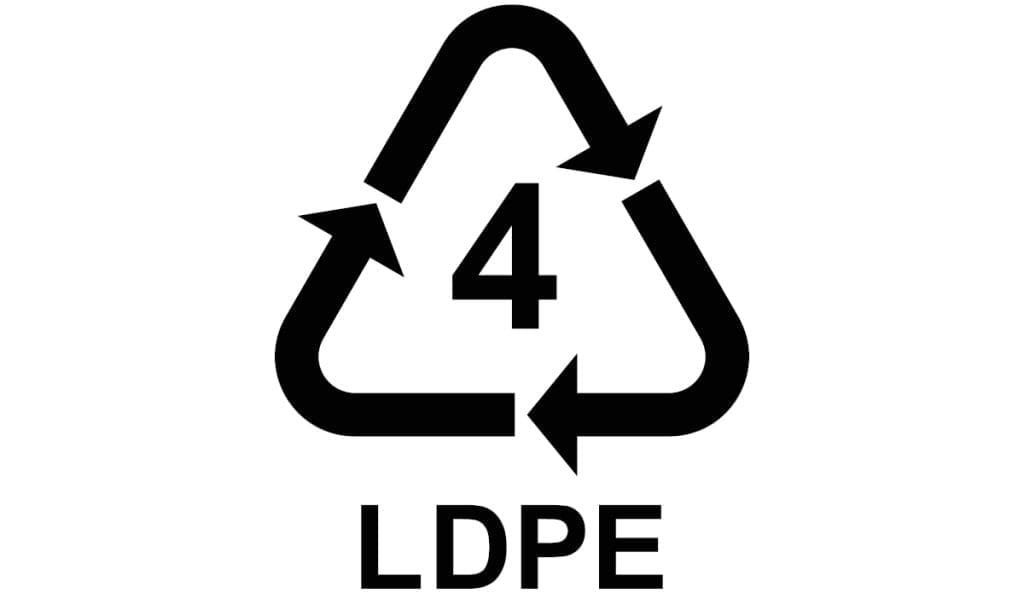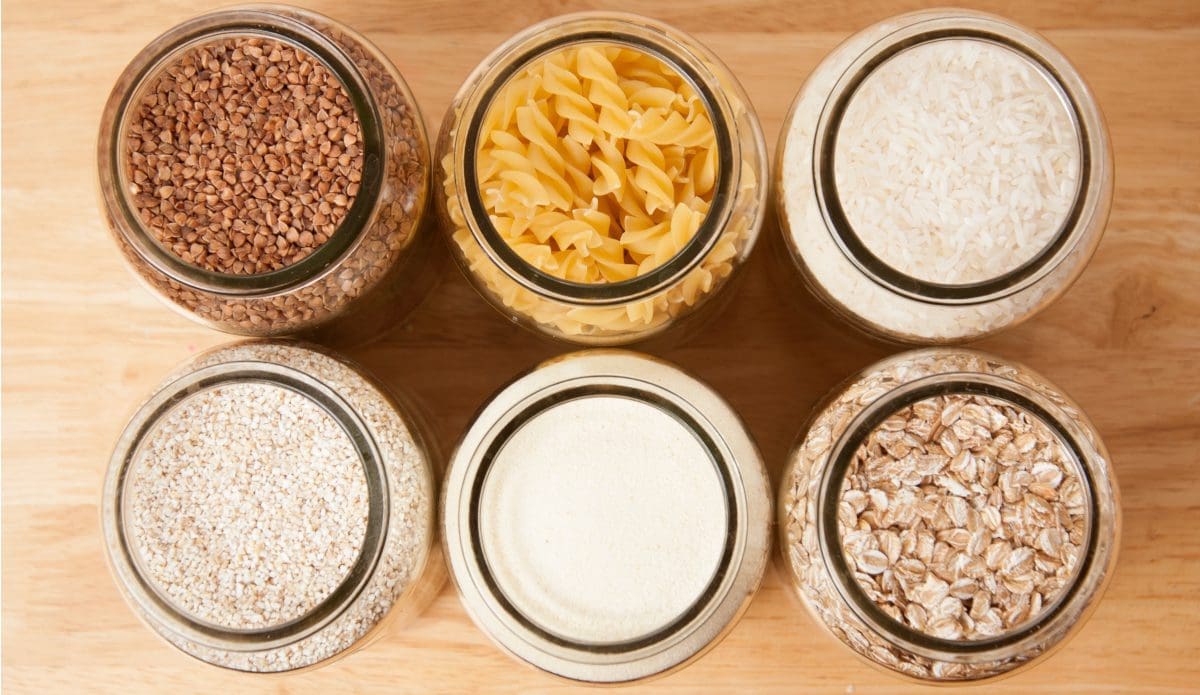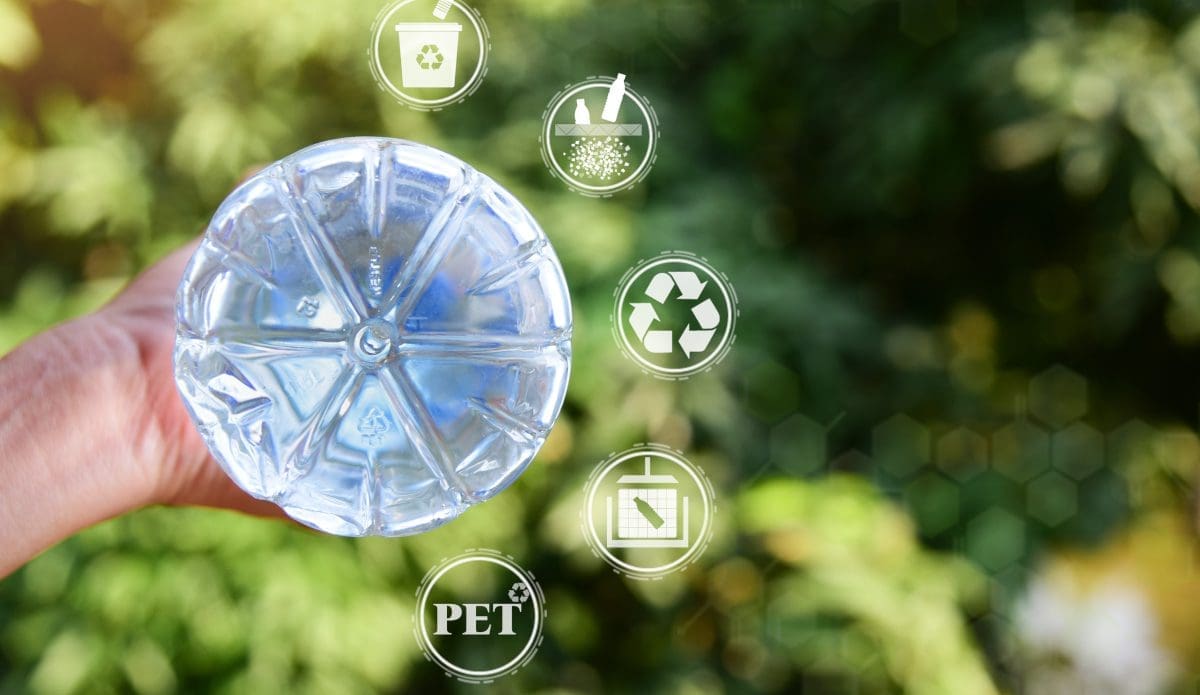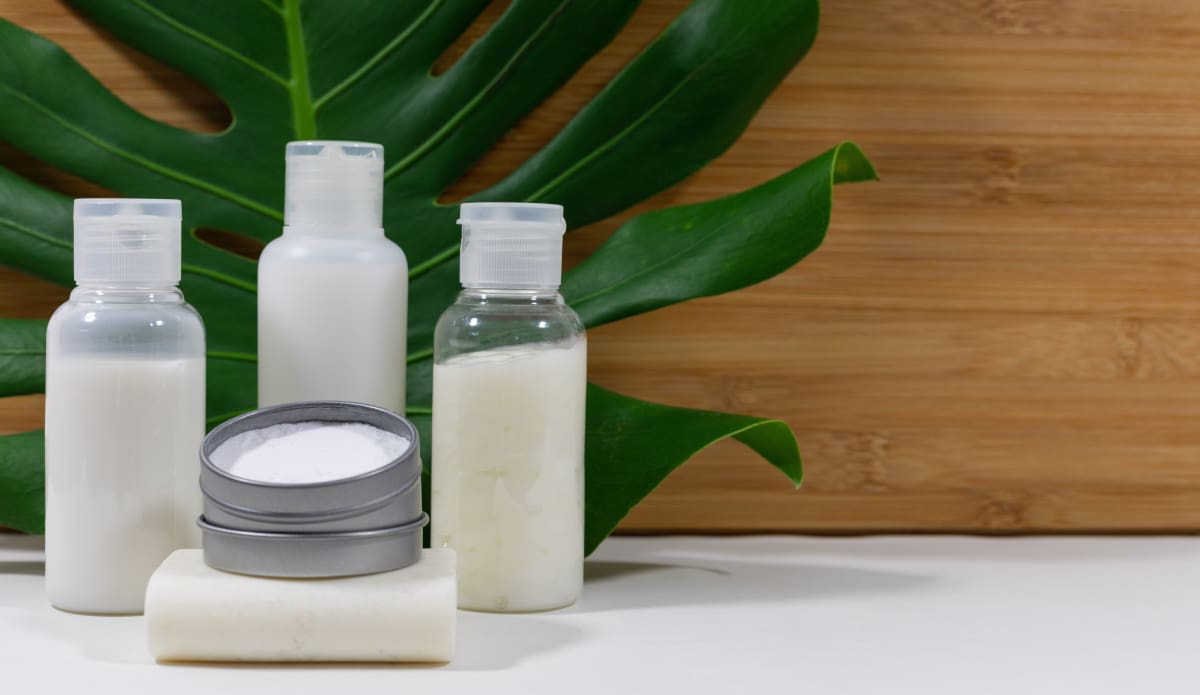Low Density Polyethylene (LDPE) is a highly flexible material, and is often used for products that don’t require the rigidity of HDPE.
LDPE (4), or Low-Density Polyethylene, is a polymer. However, LDPE is less dense than its cousin HDPE, and at the molecular level it has more molecules that branch out. While both of these materials are used for similar products (like packaging), LDPE is more flexible, offers better resistance to moisture, and can withstand several hazardous chemicals.
The 4 figure simply indicates the type of recyclable it is.
Products Made With LDPE
LDPE is often referred to as a ‘commodity plastic’, something that is manufactured in large quantities and is available at affordable prices. It was first made on an experimental basis in the 1930s. During the second World War it was used in high frequency radar cables.
It is now produced commercially, and is considered to be excellent for products that need to be handled frequently like food containers, cosmetic bottles, shampoo bottles, trays and drink bottles. It’s often used to make shopping bags and dry cleaning bags. LDPE also finds applications in things like children’s toys such as slides.
Its insulating and tensile properties make it the ideal candidate for the protective covering on electrical wires. Other applications include computer parts like hard disks, some household furniture, and other everyday home décor.
In the building, construction and agricultural sectors, LDPE pipes are used for drains, wastewater, rainwater drains and irrigation systems, among others. Key industrial uses include storage tanks and water transfer stations (these are just a couple of examples).
Why is LDPE So Popular?
A flexible material: LDPE can stretch out quite a bit before reaching a point when it snaps so it’s very useful for products like rubbish bags.
Free of BPA: BPA or bisphenol A is a chemical that, when consumed or otherwise imbibed by the body, can be extremely detrimental to one’s health. Its effects range from damage to the reproductive system to autism syndrome and birth defects. LDPE is free of BPA, which is one of the reasons it is considered to be food-safe.
Has waterproof properties: Being moisture resistant, it works well as a container. It keeps the contents within, safe from moisture and resists corrosion.
Strength and impact resistance: LDPE can withstand rough handling and is often used to make bottles or other types of drink containers for children. It also finds application in waterpipes.
Can withstand temperatures and a range of chemicals: LDPE has food grade options available and can be used to package foods. Being a thermoplastic, it is able to retain its form in low temps such as -40C and also, high temperatures of 90C.
An insulating material: Thanks to its flexibility and poor ability to conduct electricity, LDPE is often used in insulation for electrical wires and cables.
Economical and useful in manufacturing: LDPE is economical to produce and this is what makes it attractive to manufacturers across industries. Large batches can be made easily and its low cost reduces the final price of the product that is made. LDPE is versatile and can be processed by a range of techniques from extrusion to pressing and injection moulding, among others.
Recycling LDPE
Before recycling any material, it must first be correctly segregated. Each plastic has a code granted to it by the International Resin Identification Coding System. This indicates its recyclability and the code assigned to LDPE is ‘4’. Mixing plastics of different grades together could contaminate the entire batch of recyclable plastics, rendering it useless for further use.
Originally, LDPE wasn’t accepted for recycling by many centres, however, its acceptance is widening now. Recycled LDPE can be used to make a number of new products including liners, panelling, floor tiling, furniture and shipping envelopes, among others.
LDPE Limitations
LDPE is a form of polyethylene. LDPE is made by a low-pressure technique and it has a density of 0.915 – 1.13 g/cc with a tensile strength that falls between 8 and 12 megapascals. While it does well in resisting moisture and several chemicals, it does not stand up well against sterilization from dry heat. It exhibits meagre resistance to weathering and is a product that many substances find difficult to bond with. LDPE is also a flammable substance.
Many products made with LDPE can be recycled, but it must be noted that this is not always possible. And those products made from recycled LDPE can’t always be depended on for their strength. However, LDPE products can often be reused.
Although LDPE is considered to be well suited for situations that need flexibility and corrosion resistance, it will not do well for applications that require structural strength and rigidity.
Because LDPE plastic has so many applications, it could be the solution to your problems. Contact us to discuss what options we have and if this is the best product in your scenario.




